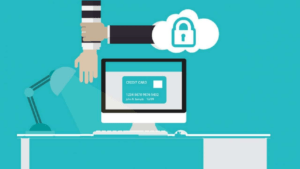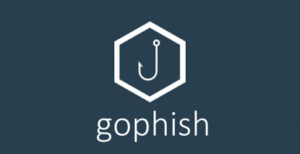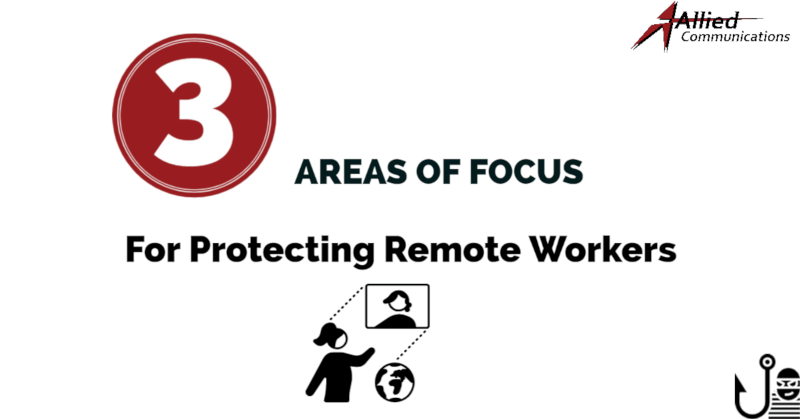Working from home has its many advantages. For many, there is little difference in how their work gets done. State-of-the-art voice & data solutions provide remote workers with the same in-office tools regardless of where they are.
So, what’s the big difference?
With every location that an employee works from comes different/additional factors that put your company at risk. Cybercrime has steadily been on the rise for quite some time. The danger exists in regular office settings as well, but the risk increases for every employee that is OOO. Unfortunately, recent events have increased that activity even more as scammers run rampant to take advantage of unsuspecting victims.
different/additional factors that put your company at risk. Cybercrime has steadily been on the rise for quite some time. The danger exists in regular office settings as well, but the risk increases for every employee that is OOO. Unfortunately, recent events have increased that activity even more as scammers run rampant to take advantage of unsuspecting victims.
Below, Allied lays out 3 areas of focus for protecting the remote workforce
1. Enforce Cybersecurity 101
As a company, your best offense against cybercriminals is an airtight defense. Just as with any sport, reinforcement of best practices will help your team to be better equipped to detect and avoid any nefarious activity. It’s important to ensure that even something as simple as password management is a recurring discussion that’s taken seriously. The reality is that “strong passwords” are subjective in some people’s minds. It’s common for an employee to choose a weak to moderate password just for the sake of remembering it.
Your password should be a combination of the basics (Capitals, numbers, symbols, etc) and you should consider using a password manager, such as NordPass. It auto-generates and stores complex passwords and can be a lifesaver, especially across work pc’s and personal devices.
 All of your passwords across the board should be different and equally as complex to reduce the risk of one of them becoming the master key to all of your company’s data. Should you ever have to send a password to a colleague for whatever reason, do it in the safest way possible. 1ty.me (one-time) generates a url that safely transfers sensitive information and self-destructs after one use. There are other tools like it, so research and make use of one of them should the need arise.
All of your passwords across the board should be different and equally as complex to reduce the risk of one of them becoming the master key to all of your company’s data. Should you ever have to send a password to a colleague for whatever reason, do it in the safest way possible. 1ty.me (one-time) generates a url that safely transfers sensitive information and self-destructs after one use. There are other tools like it, so research and make use of one of them should the need arise.
In many instances, even a strong password would not be enough to prevent a security breach. This is where additional protection, such as two-factor or two-step verification comes in to play. A code sent through an SMS service or any other more difficult method to crack adds an extra step to a cyber criminal’s process.
Think about how to minimize remote worker risk
The focus here is to always be thinking about how you and your team can minimize any security risk for remote workers. That also means being mindful when you’re setting up your office away from home. Connecting to the public wi fi at the local coffee shop comes with its own set of risks. Logging in to the wrong one, especially without a VPN could leave all of your data exposed without your knowledge.
There is one key takeaway from enforcing cybersecurity 101 and that’s that the biggest threat to most organizations is human error. Review best practices and stay up to date on new tactics that are being used to cyber criminals on a daily basis.
2. Provide Phishing Tests for Your Team
Out of the 14.5 Billion emails that are sent out worldwide every day, 3.4 Billion of them are phishing attempts. If that isn’t alarming enough, a 2020 study conducted by cybersecurity firm Proofpoint found that 55% of companies suffered from a successful phishing attempt in 2019. Scammers are able to gain access to your company’s sensitive data in a multitude of ways. Phishing emails are the most common tactic to steal data from remote workers with email being the primary source of choice.
It’s not just large corporations that are susceptible to cyber threats. Small businesses around the world are attacked every day and they should never think that it can’t happen to them. Phishing emails can be very difficult to spot and by the time that you realize what’s happening, it’s usually too late.
By utilizing phishing simulators, employees can get a first-hand look at a wide variety of templates and techniques that are used by cyber criminals daily. You don’t want to wait until you come across one in real life before you can practice, right?
Here are a couple of free phishing simulators that you can start taking advantage of right now:
can start taking advantage of right now:
- Infoseq IQ
- GoPhish
These will help give you and your team some insight on where your strengths and weaknesses are and can help prevent future attacks. The best way to fight cybercrime is to proactively seek out ways to stay ahead of new tactics. Phishing simulators are a great way to brush up on your skills. Also, make sure you’re also keeping in constant contact with your coworkers. As the saying goes, if you see something say something.
3. Keep Constant Communication with Your Team
Sometimes the best way to mitigate any security issues is simply to just keep in touch with your team. Now more than ever is the time to increase the amount of times that we’re contacting our remote workers. With everyone collaborating all over the place, it can be easy to overlook an email or phone call. Any suspicious  emails or calls should be brought up in every meeting to bring to everyone’s attention. It’s important to check their validity and to see if anyone else in the company had received a similar message.
emails or calls should be brought up in every meeting to bring to everyone’s attention. It’s important to check their validity and to see if anyone else in the company had received a similar message.
Spear phishing is another common tactic used against SMB’s and corporations. This is when a scammer poses as an employee and send a phishing email requesting information from the receiver. You may have heard about real estate mogul and Shark Tank star Barbara Corcoran recently falling victim to a $400,000 spear phishing scam. An individual posing as her secretary had asked for her signature and approval on a common expense.
Protect web conferences
For remote workers during Covid-19, recent reports have suggested that this type of activity has increased in frequency. Something else that should increase in frequency once again, communication. Here at Allied, we’re currently using a web conferencing solution three plus times a week to keep in touch and collaborate. You can sign up right now at the bottom of this blog completely for free until 2021. Collaboration shouldn’t break the bank, we’re happy to lend a helping hand if you’re in need.
Working from home appears to be the norm during these uncertain times. It’s important to make sure that the business is being protected from every angle while employees are remote. By following these guidelines and more, we can combat scammers and stop them in their tracks before they’re able to hurt your business.
Should you have any questions regarding our free web conferencing solution or any other telecom/IT related questions, you can reach us at:
- P) 937.0363
- E) sales@alliedphone.com
Sign up for our Free Web Conferencing Tool Below, Today!



Recent Comments